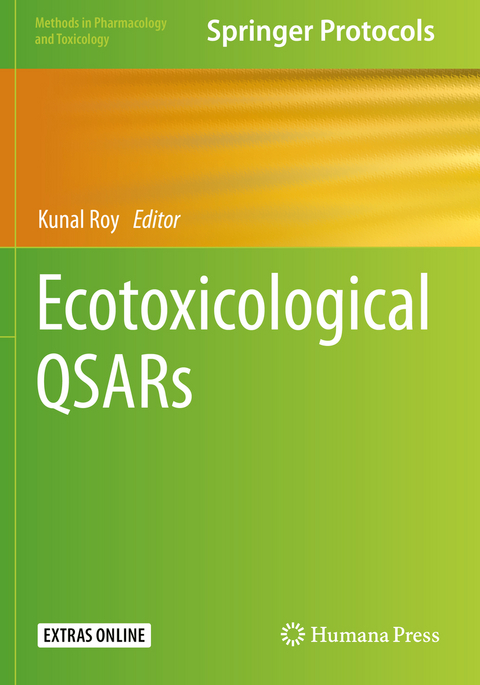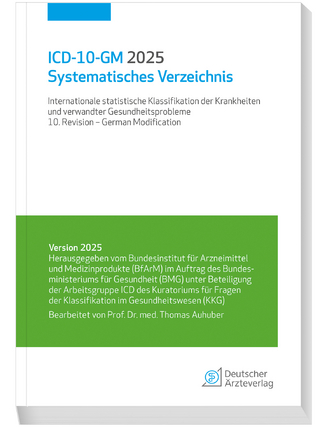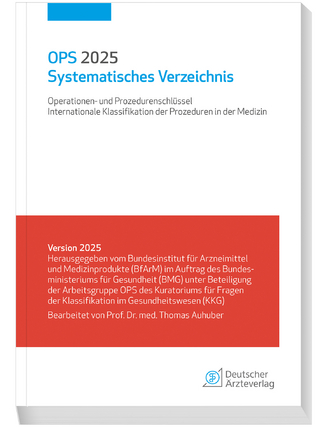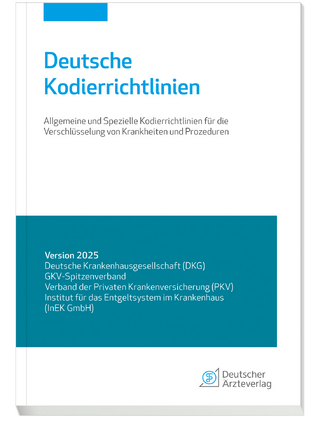
Ecotoxicological QSARs
Springer-Verlag New York Inc.
978-1-0716-0152-5 (ISBN)
Authoritative and comprehensive, Ecotoxicological QSARs is an ideal source to update readers in the field with current practices and introduce to them new developments and should therefore be very useful for researchers in academia, industries, and regulatory bodies.
Dr. Kunal Roy is a Professor in the Department of Pharmaceutical Technology, Jadavpur University, Kolkata, India. He has been a recipient of Commonwealth Academic Staff Fellowship (University of Manchester, 2007) and Marie Curie International Incoming Fellowship (University of Manchester, 2013). The fields of his research interest are Quantitative Structure-Activity Relationship (QSAR) and Chemometric Modelingwith application in Drug Design and Ecotoxicological Modeling. Dr. Roy has published about 300 research articles in refereed journals (current SCOPUS h index 40; SCOPUS Author ID 56962764800). He has also coauthored two QSAR related books (Academic Press and Springer), edited five QSAR books (Springer, Academic Press and IGI Global) and published twelve book chapters. Dr. Roy is a Co-Editor-in-Chief of Molecular Diversity (Springer Nature) and Editor-in-Chief of International Journal of Quantitative Structure-Property Relationships (IGI Global). He also serves in different capacities in the Editorial Boards of several International Journals.
Ecotoxicological Risk Assessment in the Context of Different EU Regulations.- A Brief Introduction to Quantitative Structure-Activity Relationships as Useful Tools in Predictive Ecotoxicology.- Best Practices for Constructing Reproducible QSAR Models.- Wildlife Sentinels for Human and Environmental Health Hazards in Ecotoxicological Risk Assessment.- Importance of Data Curation in QSAR Studies Especially While Modeling Large-Size Data Sets.- Machine Learning and Deep Learning Methods in Ecotoxicological QSAR Modeling.- Use of Machine Learning and Classical QSAR Methods in Computational Ecotoxicology.- On the Relevance of Feature Selection Algorithms While Developing Non-Linear QSARs.- Got to Write a Classic: Classical and Perturbation-Based QSAR Methods, Machine Learning, and the Monitoring of Nanoparticles Ecotoxicity.- Ecotoxicological QSAR Modeling of Nanomaterials: Methods in 3D-QSARs and Combined Docking Studies for Carbon Nanostructures.- Early Prediction of Ecotoxicological Side-Effects of Pharmaceutical Impurities Based on Open-Source Non-Testing Approaches.- Conformal Prediction for Ecotoxicology and Implications for Regulatory Decision Making.- Read-Across for Regulatory Ecotoxicology.- Methodological Protocol for Assessing the Environmental Footprint by Means of Ecotoxicological Tools: Wastewater Treatment Plants as an Example Case.- Development of Baseline Quantitative Structure-Activity Relationships (QSARs) for the Effects of Active Pharmaceutical Ingredients (APIs) to Aquatic Species.- Ecotoxicological QSARs of Personal Care Products and Biocides.- Computational Approaches to Evaluate Ecotoxicity of Biocides: Cases from the Project COMBASE.- QSAR Modeling of Dye Ecotoxicity.- Ecotoxicological QSARs of Mixtures.- QSPR Modeling of Adsorption of Pollutants by Carbon Nanotubes (CNTs).- Ecotoxicological QSAR Modeling of Organophosphorus and Neonicotinoid Pesticides.- QSARs and Read-Across for Thiochemicals: A Case Study of UsingAlternative Information for REACH Registrations.- In Silico Ecotoxicological Modeling of Pesticide Metabolites and Mixtures.- Combination of Read-Across and QSAR for Ecotoxicity Prediction: A Case Study of Green Algae Growth Inhibition Toxicity Data.- QSAR Approaches and Ecotoxicological Risk Assessment.- Multi-Scale QSAR Approach for Simultaneous Modeling of Ecotoxic Effects of Pesticides.- Quantitative Structure-Toxicity Relationship Models Based on Hydrophobicity and Electrophilicity.- Environmental Toxicity (Q)SARs for Polymers as an Emerging Class of Materials in Regulatory Frameworks, with a Focus on Challenges and Possibilities Regarding Cationic Polymers.- Ecotoxicity Databases for QSAR Modeling.- VEGAHUB for Ecotoxicological QSAR Modeling.- Enalos Cloud Platform: Nanoinformatics and Cheminformatics Tools.- alvaDesc: A Tool to Calculate and Analyze Molecular Descriptors and Fingerprints.
| Erscheinungsdatum | 02.02.2021 |
|---|---|
| Reihe/Serie | Methods in Pharmacology and Toxicology |
| Zusatzinfo | 166 Illustrations, color; 55 Illustrations, black and white; XXI, 830 p. 221 illus., 166 illus. in color. |
| Verlagsort | New York, NY |
| Sprache | englisch |
| Maße | 178 x 254 mm |
| Themenwelt | Informatik ► Weitere Themen ► Bioinformatik |
| Medizin / Pharmazie ► Medizinische Fachgebiete ► Pharmakologie / Pharmakotherapie | |
| Medizin / Pharmazie ► Pharmazie | |
| Naturwissenschaften ► Biologie ► Genetik / Molekularbiologie | |
| Naturwissenschaften ► Biologie ► Ökologie / Naturschutz | |
| Naturwissenschaften ► Chemie ► Technische Chemie | |
| Technik ► Umwelttechnik / Biotechnologie | |
| Schlagworte | data curation • Ecotoxicological risk assessment • industrial chemicals • pharmaceuticals • Predictive toxicology • Quantitative structure-activity relationship • statistical modeling |
| ISBN-10 | 1-0716-0152-0 / 1071601520 |
| ISBN-13 | 978-1-0716-0152-5 / 9781071601525 |
| Zustand | Neuware |
| Informationen gemäß Produktsicherheitsverordnung (GPSR) | |
| Haben Sie eine Frage zum Produkt? |
aus dem Bereich


